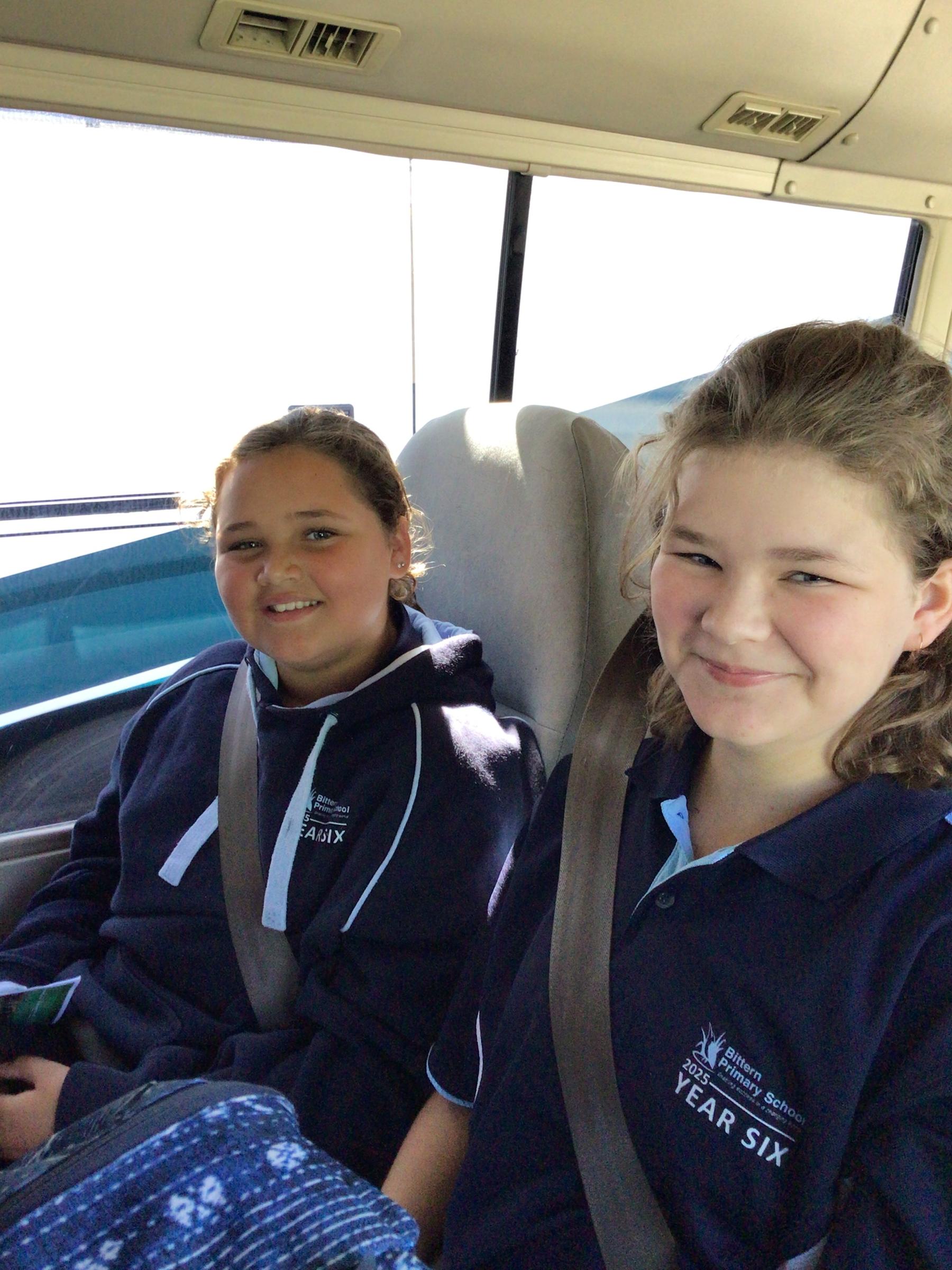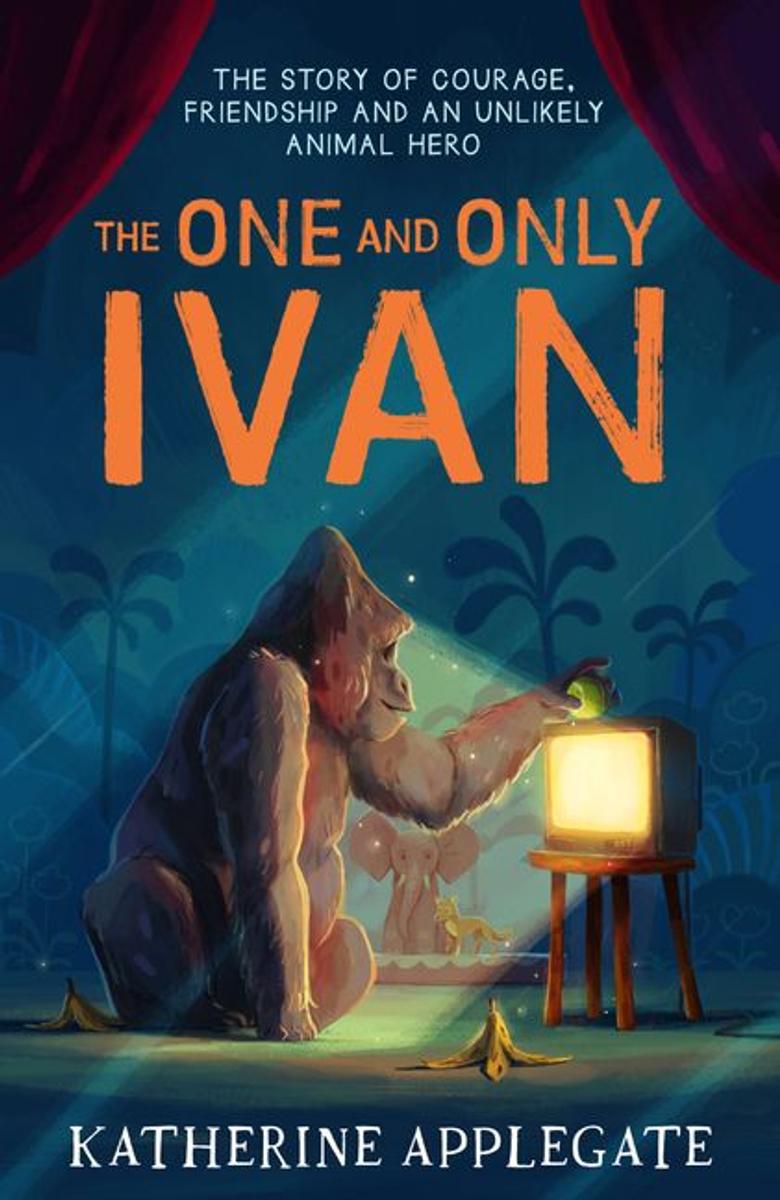Grade 5/6

Classroom
English
Since returning for Term Three, our Year 5/6 students have been immersed in an English program designed to deepen their understanding of how texts work and how authors communicate ideas.
We began the term by exploring comparing and contrasting, where students analysed similarities and differences between texts, characters, and themes. This led into our next focus: identifying the author’s purpose, where students developed strategies to determine whether a text was written to inform, persuade, or entertain. Alongside this, students have been introduced to the concept of metalanguage – the specific language used to describe how texts are constructed and how language features affect audiences.
Our writing focus has centred on Explanation texts. Students have learnt how to organise their ideas using sequencing and logical structure, and they are developing an understanding of technical vocabulary relevant to a wide range of topics. These skills have helped students create clear and informative explanations on subjects of interest, using structured paragraphs and precise language.
In grammar, students have taken their sentence work to the next level. We have explored complex sentences, particularly those that include relative clauses (e.g. “The volcano, which erupted in 1883, caused massive damage.”). They have practised using these to add depth and detail to their writing. We've also investigated the concept of point of view, learning to identify and write from both first and third person perspectives, and to reflect on how point of view influences the reader’s understanding and engagement.
It's been a productive and thoughtful start to the term, with students showing growing confidence in both their reading and writing. We’re proud of the critical thinking, creativity, and effort they bring to their English lessons each day.
Our class text centres on a book called 'The One and Only Ivan' which centres on how animals are treated in captivity for human's entertainment.
Mathematics
Our students have made a strong and enthusiastic start to Term Three in Mathematics, tackling a wide range of data and number concepts with curiosity and persistence.
In our Data Representation unit, students have been learning to represent ordinal categorical data as bar graphs, strengthening their understanding of how to visually organise information that has a meaningful order. They then explored continuous numerical data, developing the skills to interpret and construct line graphs that show changes over time or measurement. Building on this, students were introduced to compound bar graphs, including both side-by-side and stacked formats, allowing them to compare multiple data sets within a single visual display.
Alongside data, we have been developing students’ understanding of number, particularly withfractions and decimals. Students extended their knowledge of place value by working with decimals beyond hundredths, accurately locating and representing them on number lines. They also practised comparing and ordering fractions with related denominators, using number lines to deepen their conceptual understanding of fractional size and equivalence.
In addition to this, students have been refining their mental and written strategies for addition and subtraction, with a focus on using estimation to check the reasonableness of their answers. This skill encourages critical thinking and helps students to recognise when an answer doesn't quite make sense — a valuable skill in both maths and real-life problem solving.
It has been fantastic to see students apply their mathematical understanding in increasingly sophisticated ways, using graphs to tell stories, number lines to reason about magnitude, and estimation to build confidence in calculations. We look forward to continuing this momentum throughout the rest of the term!
Inquiry
This term in Inquiry, our students have been diving into the fascinating world of Chemical Science, with a focus on understanding matter and its different states. The unit has sparked curiosity and wonder as students explore the question: What is everything made of?
Our investigations began by learning about matter—the "stuff" that makes up everything around us. Students discovered that all matter is made up of tiny particles, far too small to see, and that the way these particles behave determines whether a substance is a solid, liquid, or gas.
We explored the properties of each state of matter through hands-on experiments and engaging demonstrations. Students observed how particles in solids are tightly packed and vibrate in place, giving solids their shape. In contrast, they learned that liquid particles move more freely, allowing liquids to flow and take the shape of their container. The most energetic particles belong to gases, which spread out and fill any space available.
Throughout the unit, students have used scientific vocabulary to explain their observations, recorded their findings in structured formats, and applied critical thinking to describe what happens during changes of state — such as melting, freezing, evaporation and condensation.
This inquiry has helped students make real-world connections between science and their everyday experiences. Whether it’s watching water boil, observing condensation on a cold glass, or noticing how solids like ice melt, students are now seeing the world through a scientific lens.
Our students have participated in thoughtful discussions and collaborative investigations, developing growing scientific reasoning. Their growing understanding of matter and particle theory has laid a strong foundation for future scientific learning.
Dates to Remember:
| 15th August | Students attending Western Port Secondary College for Year 7 in 2026 need to return their forms. |


